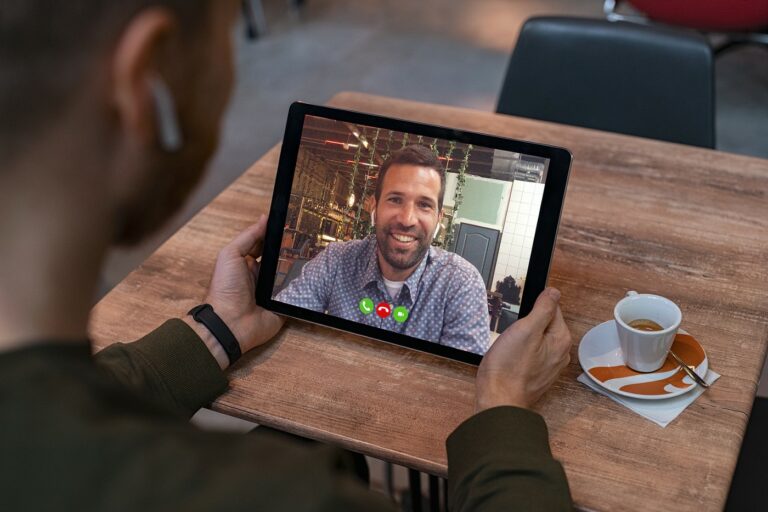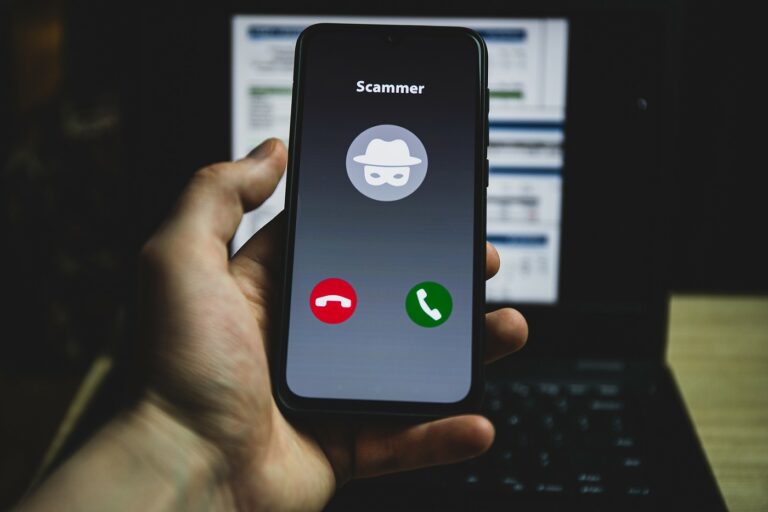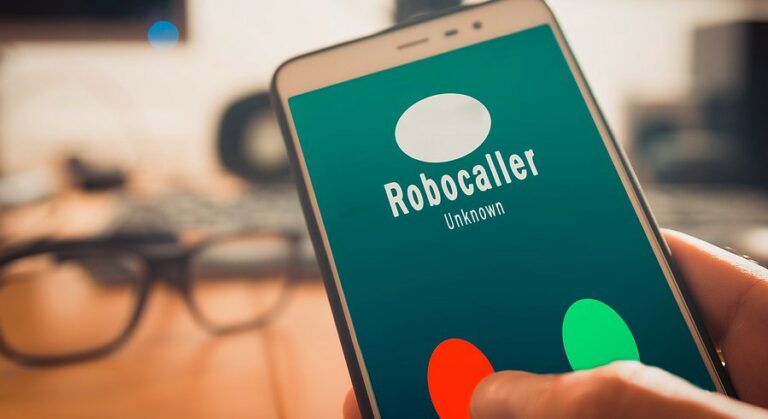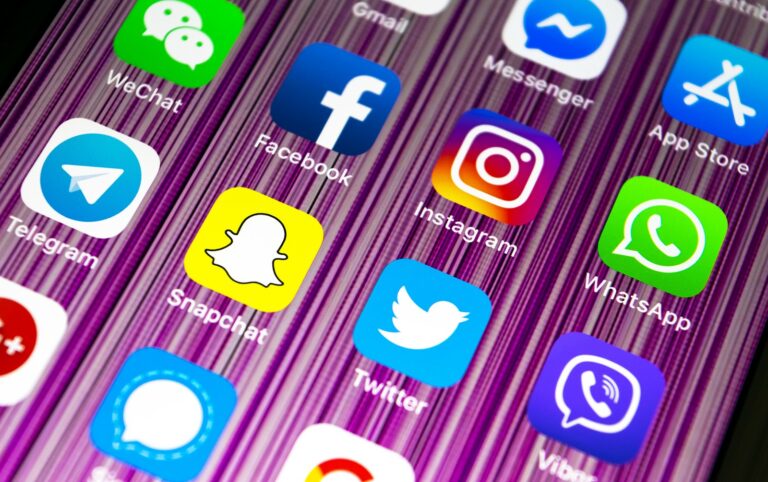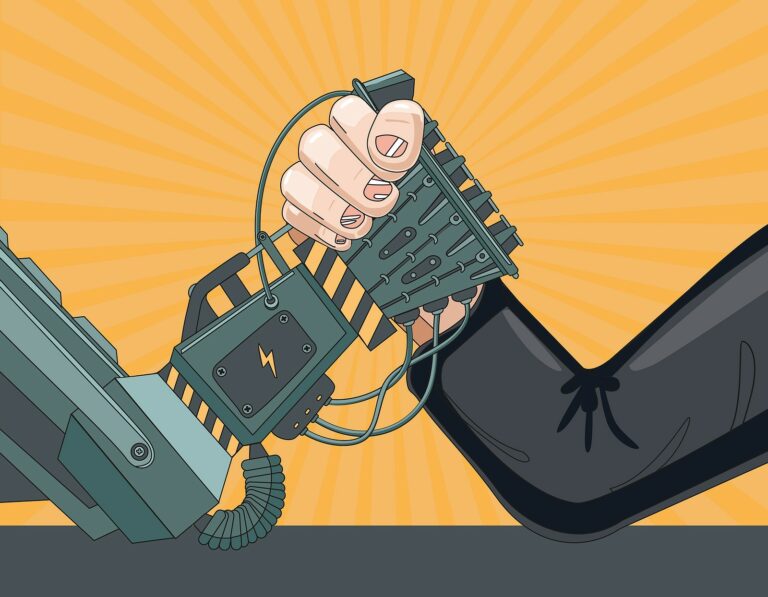Phone, text and email should work like DNS entries

You see it every day — please fill out your address, phone number, and email.
Some company puts it into their database. It lives there forever — even after it’s no longer accurate. It is put into marketing lists and sold to the highest bidder. It’s stolen by hackers and re-sold to spammers. Once you give it out, you can’t take it back.
Anyone who gets your contact information can interrupt you at any time and consume your attention. More than half of communications sent by phone, email or postal mail are now robots trying to get the attention of humans.
Our surveys find people are increasingly giving out incorrect or dead-end contact information because of these problems. And real people are finding it hard to reach each other for real communications — because every communication is presumed guilty of being a SPAM or scam until proven innocent. What if we’re doing contact information all wrong?
The basic architecture of contact information is broken. We need to move from a Rolodex model to an internet DNS model.

We’re Still Using the Rolodex Model
In the pre-internet era, humans faced severe limits on how information could be accessed and updated. We built our system of contact information based on those limits. It was necessary for each individual to have a Rolodex of phone numbers for people they know. You needed printed information on your desk, so you could dial the phone or put an address on a letter.
Today, we’ve put those handwritten Rolodex cards into digital form on our smartphones. We’ve put those paper customer files into CRM systems and marketing databases. But the underlying architecture has remained the same.
Today, your contact information exists in hundreds of different places — in your friends’ phones, in your doctor’s electronic medical record, in the customer databases of your favorite companies, and in the databases of spammers and scammers. In some of those places, it’s correct and up to date. In other places, it’s wrong or outdated.
The “benefit” to this approach, in theory, is to limit the number of people and companies that can interrupt us and harvest our attention with a sales pitch. It hasn’t worked. Most communications now are robots trying to get the attention of humans.
It’s time for radical change in how we think about contact information. Let’s start with a simple example.

Fixing Postal Addresses
A postal address is really a sensible thing for a building to have. A letter sent to that address will get to the right building almost every time, across years and decades. The building is not going to move anywhere.
But a postal address for a person? The likelihood that a letter will get to the right person declines dramatically with the time since the address was collected. After 5 years, more than half of the time the letter will not arrive to the right person.
The right thing for a national post office to do, is to assign everyone a postal number at birth. When you give your address to your state DMV, or to the wireless company for billing purposes, you would give them this postal number.
You would be responsible for keeping the Post Office updated with an accurate physical address or mailbox to deliver your mail to. If you move from Portland, Maine to Portland, Oregon — just walk into the local post office in Oregon, prove your identity, and tell the USPS where to send the mail now.
What you would never again be responsible for, is keeping your mailing address current and correct in the separate databases of hundreds of companies, hundreds of individuals, and dozens of governmental agencies from the local to the national.
That’s how you make the post office work like DNS — the internet domain name system you used to find and access this article.
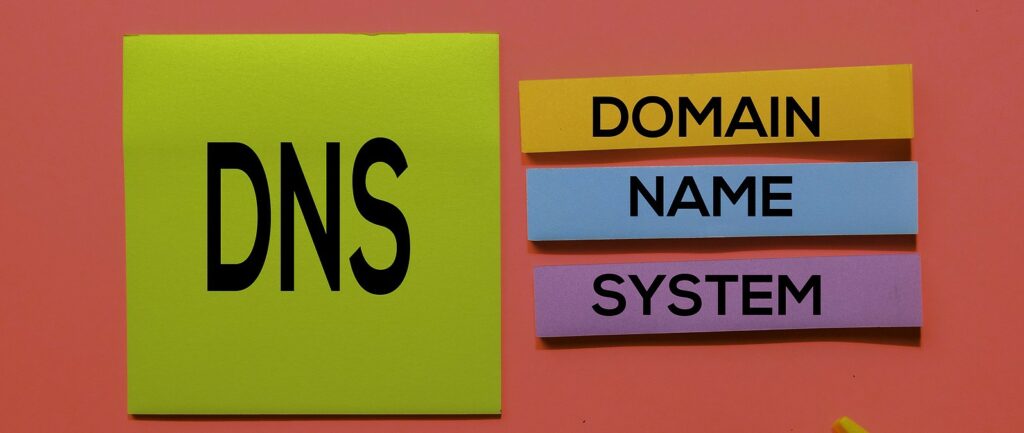
Why DNS is a Better System
When you register a domain name, such as Medium.com, you are creating a trusted path for others to find you. You are registering your website’s current IP address with an Authoritative Name Server, essentially a “Post Office”, who tells everyone else where to find you right now.
The DNS system is open, so that any person or entity can register an address. It’s largely managed by private companies. As we think about a better addressing system for the internet era, DNS shows us that it doesn’t have to be a monopoly or governmental solution. As long as everyone agrees on the process to follow in looking up an address, it can be both authoritative and decentralized.
The DNS system is not perfect, but the system overall has proven robust. The likelihood of reaching a URL address, from google.com to irs.gov, is much higher than the likelihood of reaching a person via email or phone call. DNS outages (usually driven by DDoS attacks like this one) do happen, but the overall reliability of the system is high.
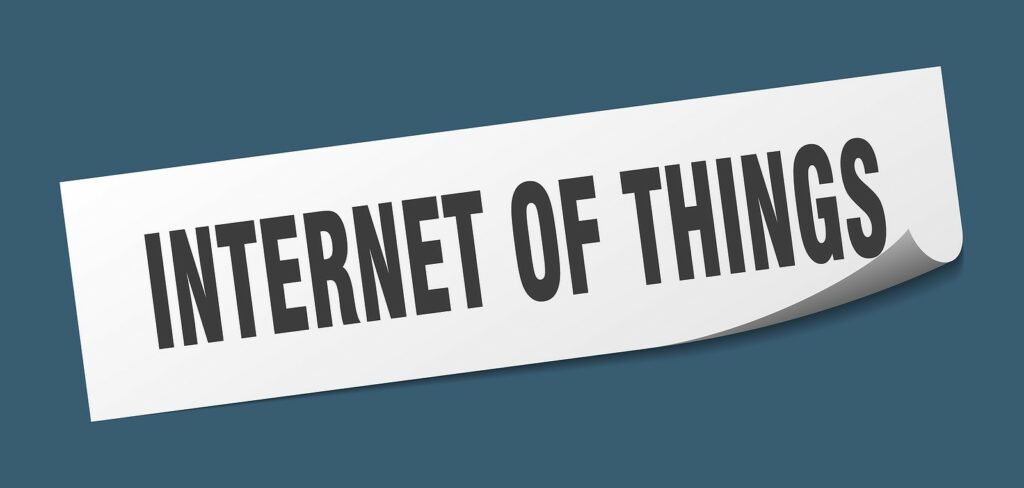
It’s IOT After All
Human beings are things on the internet. It’s an IOT world, and it makes sense that every person would have an authoritative internet address that follows them throughout their life, and is used for official purposes as well as commercial purposes.
I’m not optimistic that Congress and the Post Office will come up with any official solutions. So let’s focus on what the tech community can build to make the contact info we already have work more like DNS.
We’d create a private service where you would keep your private contact information on file, and update it over time. The service would also give you a permanent, public web address you can put into directories and your social media profiles. Something like https://ContactLink.com/jesse-hercules
Now you have a permanent address, and the ability to change the underlying contact information as times, preferences and technology changes.

A Public Address Needs a Gatekeeper
But we can’t just display your phone number and email address on the web. That would make the problem of SPAM, Robocalls, junk mail and other unwanted sales pitches even worse.
To solve the contact information problem, you have to decouple contact information from the power to interrupt and harvest attention. I should be able to have a public web address as my contact information, without letting every spam-bot in the world interrupt me.
Your public web address is really the address of your gatekeeper. An intelligent agent who determines which calls and messages should get through to you. Back in the Rolodex era, you’d have your phone number in the telephone book and then hire a human assistant.
In the internet era, an automated assistant can do the same job.

Solving Both Problems at Once
Here’s the future: each of us will have a URL that is our authoritative address. Like registering a domain name, we will pick a qualified, vetted vendor to host the URL and provide an automated screening / assistant service.
The automated assistant has the job of determining the identity of the sender, determining the importance of the communication to us, and forwarding the communications that should get through to us.
The other person never gets your phone number or email address. Instead, they are logged into the website at your public web address, and they get a button there to call you, text you, send you an email or start a video call.
Emails and text messages are forwarded to you, audio or video calls are connected though to you … but your phone number and email address are never revealed to the other person.
It’s a system designed from the ground up to be safe and secure — the opposite of today’s Rolodex system for contact information.
Universality is the Secret Weapon
One major reason apps like Signal, Telegram, Messenger and WhatsApp have not replaced phone, text and email is that they’re not universal. You can’t assume the other person has the same App you do, or wants to use it.
Having a web address for your gatekeeper solves the problem. Since everyone can use a web page, they don’t have to learn anything new to contact you this way. They don’t need to download or install anything, or agree to the Terms & Conditions of a company that’s trying to monitor and monetize them.
Using a web page has become as universal as using a phone or using email. You can give someone a web address and be 100% confident they can access and use it. It’s universal.
To be universal, the system also has to be reverse-compatible. I can’t ask others to take on a new inbox just to communicate with me. When you send me communications through my gatekeeper, my replies or return calls arrive back to your regular phone or email.
I don’t have your phone number or email either — my gatekeeper is protecting your privacy also by holding your contact information and forwarding my communications to you.
The future is a two-sided privacy model with a trusted intermediary.
Will Anyone Build the Future?
The current state of contact information benefits all the established players — that’s why it hasn’t changed.
The major email providers (Google and Microsoft) are also big players in advertising and marketing. Phone carriers like Verizon and AT&T get paid based on the volume of calls and text messages sent over their networks. The companies that take your phone and email, then fill your inboxes with advertisements and “reminders”, all love the way contact information works.
To build the future, it will take a small, scrappy company that’s not beholden to the advertising-marketing complex. And it will take subscribers who are willing to pay more than $0 for a permanent address and a gatekeeper.
I’m aware of at least one team working on the problem — watch this space for news about the progress at ContactLink.

